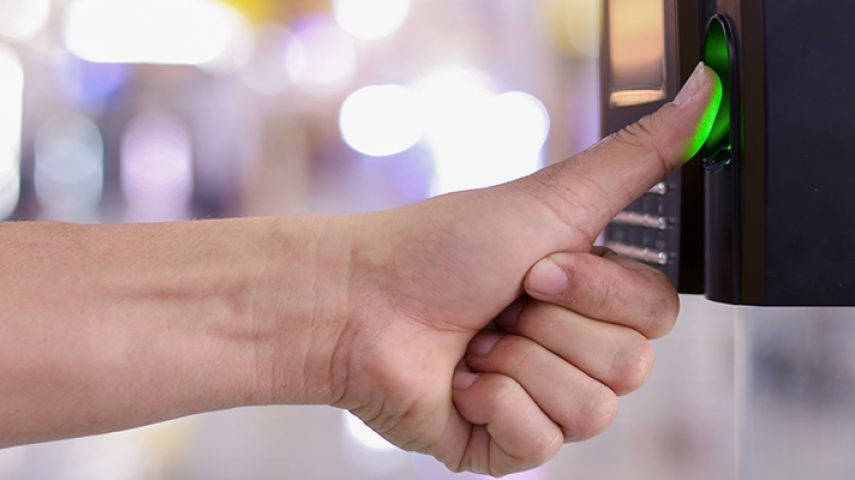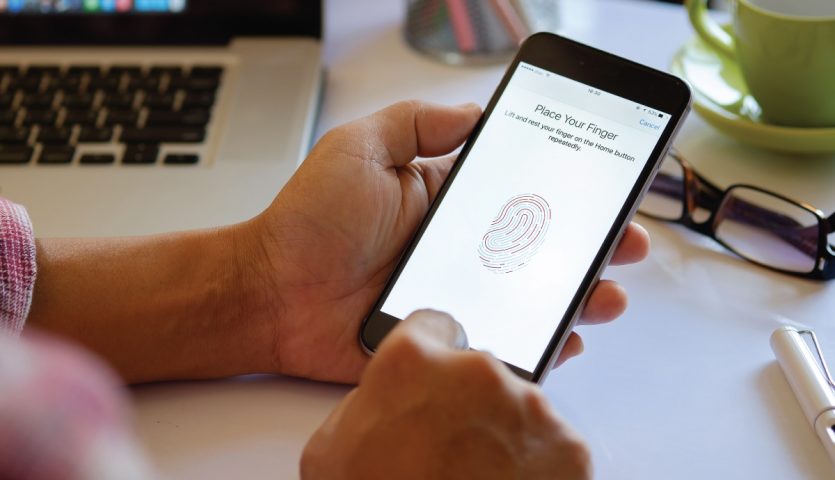Integration with Biometric
Various physical and behavioural bio metric technologies such as fingerprint, facial recognition, voice identification and so forth have significantly raised the level of security. Government and commercial segments have embraced the technologies and won customer satisfaction largely The Integration of Biometrics promises improved security .

Facial recognition and related software platforms are expected to play a dominant role amongst other technology in the government segment. The technology is expected to scan the faces of all the people within the examining space and analyze for any suspicious activities or criminals that could pose a danger and alert the officials for action. However, it is also believed that it will be hard to acquire the data with the accuracy required by the system, considering some practical difficulties. For instance, a person's full face image might not be captured well in an excited stadium crowd cheering for their players, or in a high density moving the crowd in the station platforms. In some cases, people also cover their face for religious reasons.
Biometrics technologies such as fingerprint scanners, palm vein readers, facial recognition tech, iris scanners and others, have long held promise to tighten up identification of patients and employees. This would help reliably verify that patients are who they say they are, guarantee caregivers are working with the proper medical and demographic information, and ensure only the proper employees have access to the right information. The future portends a new era of biometrics. Advances to the technologies will make them more attractive to healthcare organizations. Decreasing costs will make biometrics a more palatable move. Other technologies like artificial intelligence will, in turn, also give biometrics a boost.
Many research institutes and corporates are keen on utilizing this opportunity to mark a difference by integrating biometric technology such as the facial recognition with AI to use in video surveillance. . The technology works supposedly by simultaneous calculation of multiple parameters, which is not the standard practice. While similar technological developments across the world are focusing on faster processing time with improved facial recognition accuracy in video surveillance cameras, this is expected to boost the application in high-density public areas such as malls, airports, railways, classified and limited access areas and so forth, across the globe. Hence, the collaboration between AI and biometric technology such as facial
recognition will expand the business case for biometrics industry.
In this post, the elements of specification of system requirements are summarized, and are discussed as the only meaningful reference point for addressing the complex issues of integrating biometrics into large-scale applications. In order to succeed in the implementation of a large scale biometric application, it is essential to thoroughly assess the candidate biometric technologies with respect to the key Integration Issues of product capabilities, development tools, and the availability of technical support. The detailed specification of the functional, operational and technical requirements is the only basis from which such an assessment can be made. Without the up-front assessment of integration issues, there is no effective way to manage the development risks.
Biometrics minimises the need for password protection and can help create a hassle-free, safe online experience. With the ability to rely on consistent behavioral patterns and physical features, biometrics removes the burden from the consumer to have to change passwords or alter security measures to protect their accounts. Additionally, biometrics are behind-the-scenes in nature, causing online systems to be less obtrusive as it utilises actions, such as keystrokes and mouse movement to determine if the individual is a legitimate consumer or a fraudster or automated bot. Physical biometrics work in a similar way in that it focuses on human characteristics to protect individuals by observing qualities such as fingerprints, vocal patterns and retinal scanning.
The fingerprint technology seems to be leading the charge for the scale of deployment because it’s less expensive when compared with other biometric authentication technologies is that so?
Products Features
Indentification/Identify veryfication
biometric data managemtn
trasncation data management
special applications functions
administration management
customer service
employee time and attendance
improve security
employee time and attendance
We are specialists in the area of online and offline software development. All our services are intended to solve new and old problems to deliver the best technology at your doorstep.
Service Specification
Technology changes fast. One of our mantra is the ability to develop software that can be tuned to your desire at any time. We make technology learn your ways


